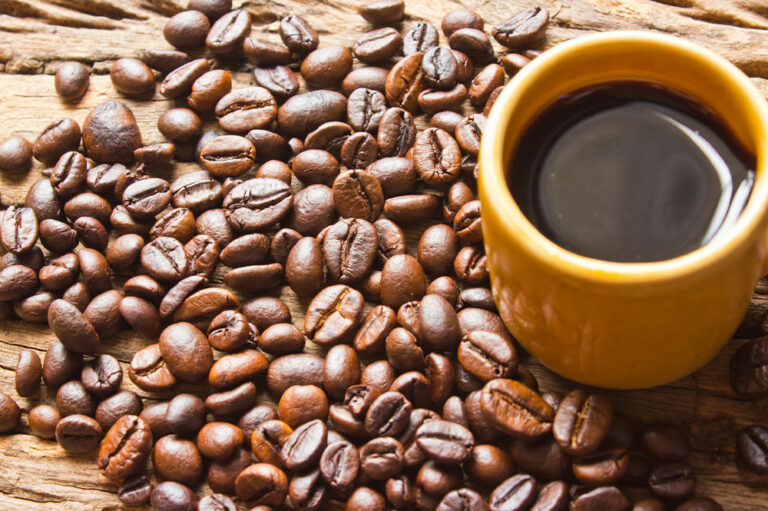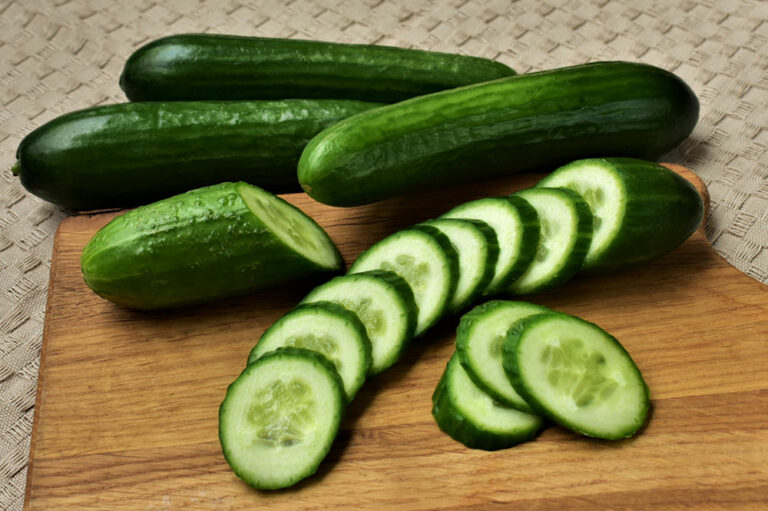
health
6 warning signs of sickle cell disease
Sickle cell disease is characterized by cells becoming curved and losing their flexibility. As a result, they can get stuck in small blood vessels and prevent oxygen flow to vital parts of the chest, joints, and belly. There are a couple of warning signs that may indicate the development of this disease. Here are six symptoms to look for. These can help one seek immediate treatment and diagnose the condition at the earliest possible time. Shortness of breath An individual may experience breathing problems due to allergies, asthma, infections, or inflammation. But this may also occur because of health complications like sickle cell disease. The phenomenon can be triggered when the abnormal cells block blood and oxygen flow from reaching the lungs. Other symptoms associated with the chest include coughing and chest pain. Fatigue The smaller size of the red blood cells may restrict oxygen flow to other parts of the body compared to healthier RBCs. The lack of oxygen may lead to fatigue, the constant feeling of no energy, and tiredness. Headache Individuals may experience acute and chronic headaches from sickle cell disease. This might occur due to lower oxygenation of organs such as the brain. Others may also be susceptible to symptoms like dizziness. One should get these signs checked by a healthcare expert immediately. Trouble with mobility The lack of sufficient oxygen supply to various muscles might lead to trouble with mobility. Some individuals may experience muscle cramping, abdominal pain, difficulty breathing, vision changes, or increased pressure in the eye. Yellowing of the skin Jaundice, or yellowing of the skin, is a common symptom of sickle cell disease. The abnormal cells do not survive for as long as normal cells. As a result, the liver cannot filter all the dead cells out as fast as it should.










